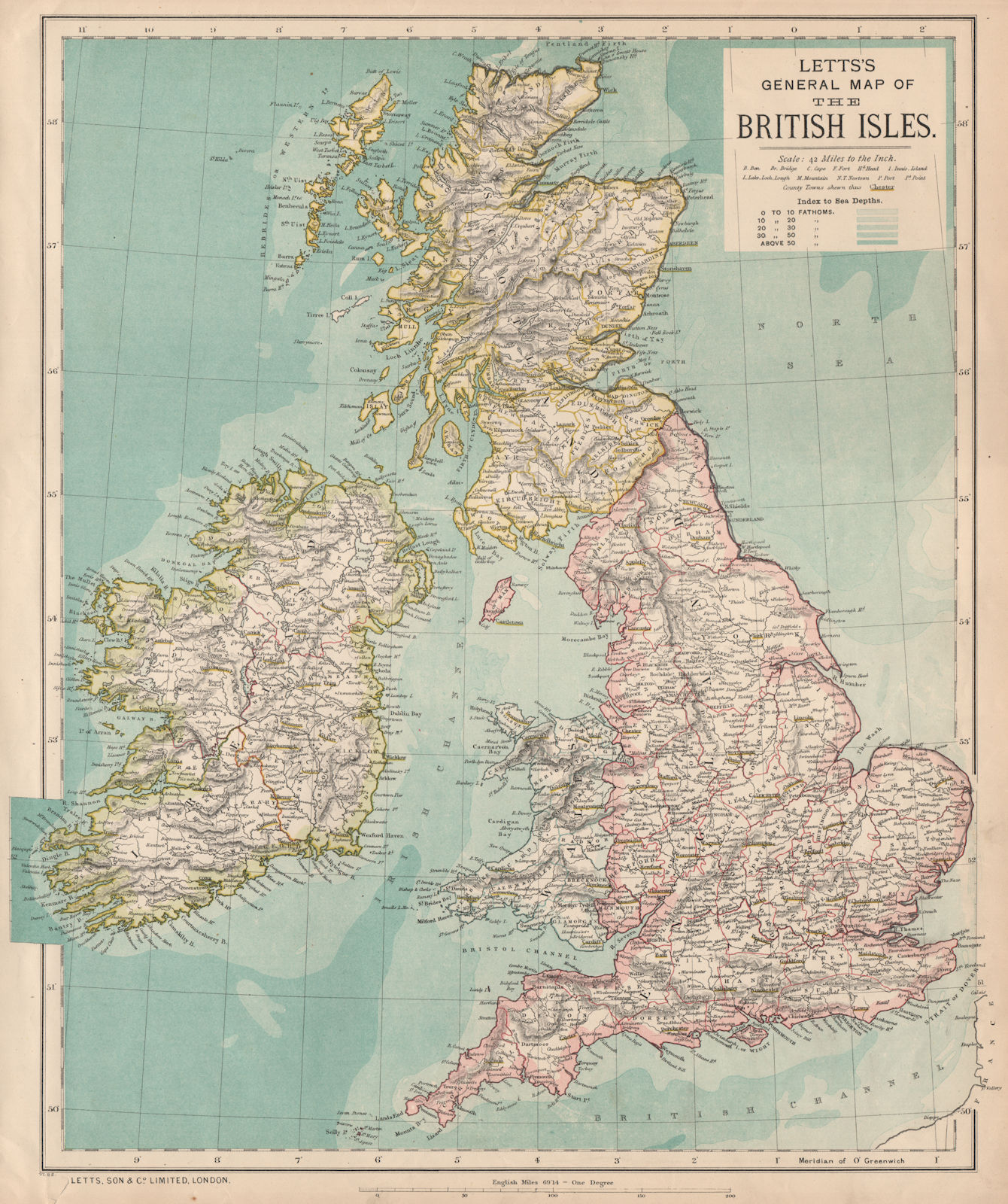


The island has produced a more densely distributed Viking Age archaeology than anywhere else in the British Isles, but the written records for this time period are poor. The Isle of Man may have fallen under Norse rule in the 870s, and paradoxically they may have brought the Gaelic language with them. Various rulers have been identified as ruling Man, but not the Isles as a whole. Late 10th and 11th centuries Early rulers of Mann Thus a single individual might be referred to as Rognvaldr in Icelandic sources, Raghnall in Gaelic, Reginaldus in Latin and perhaps "Rognvald" or "Reginald" in English language sources.Ģ.1. The orthography of the rulers names is complicated as Old Norse and Gaelic were both spoken throughout the region for much of period under consideration. Just over a century later the islands became part of the Kingdom of Scotland, following the 1266 Treaty of Perth. This came to an end with the emergence of Somerled, on whose death in 1164 the kingdom was split in two. Invasion by Magnus Barelegs in the late 11th century resulted in a brief period of direct Norwegian rule over the kingdom, but soon the descendants of Godred Crovan re-asserted a further period of largely independent overlordship. Hostility between the Kings of the Isles and the rulers of Ireland, and intervention by the crown of Norway either directly or through their vassals the Earls of Orkney were recurring themes. Viking influence in the area commenced in the late 8th century, and whilst there is no doubt that the Ui Imair dynasty played a prominent role in this early period, the records for the dates and details of the rulers are speculative until the mid-10th century. The islands involved have a total land area of over 8.300 square kilometres and extend for more than 500 kilometres from north to south. At times there also appear to have been competing claims for all or parts of the territory. At times the rulers were independent of external control, although for much of the period they had overlords in Norway, Ireland, England, Scotland or Orkney. The islands concerned are sometimes referred to as the "Kingdom of Mann and the Isles", although only some of the later rulers claimed that title. The historical record is incomplete and the kingdom was probably not a continuous entity throughout the entire period. The islands were known to the Norse as the Sudreyjar, or "Southern Isles" as distinct from the Nordreyjar or Northern Isles of Orkney and Shetland. The Kingdom of the Isles comprised the Hebrides, the islands of the Firth of Clyde and the Isle of Man from the 9th to the 13th centuries AD. Ⓘ List of rulers of the Kingdom of the Isles


 0 kommentar(er)
0 kommentar(er)
